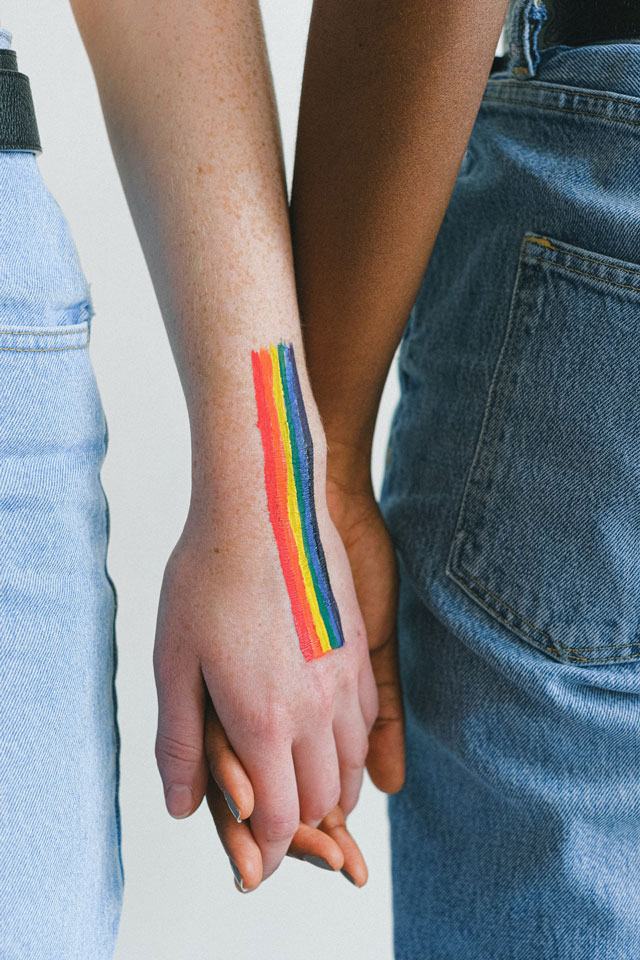
In observance of Pride Month, a time to collectively honor the struggles and inequalities LGBT people face, we at the Foundation would like to take a moment to shed light on how these challenges stretch into the world of health care.
While it can be difficult to paint a full picture of the health disparities LGBT people face due to a lack of representation in data collection, here are some things we do know.
A higher risk for smoking-related cancer
LGBT youth and adults are heavily targeted by Big Tobacco, resulting in higher rates of smoking than the general population and increasing their risk for lung and other cancers. In fact, lesbian, gay, bisexual and transgender adults are 2.5 times more likely to smoke than straight, cisgender adults.
A higher risk of HPV
The human papillomavirus (HPV) can cause at least six types of cancer, including cervical, anal, oropharyngeal (back of throat), penile, vulvar and vaginal cancers. The HPV vaccine can protect against the virus and stop cancer before it starts, but studies show that HPV vaccination rates are low among gay and bisexual men in the U.S., leaving them at higher risk for HPV-related cancers.
Barriers to insurance coverage
According to the National LGBT Cancer Network, most employers don’t offer insurance coverage for unmarried domestic partners—so LGBT people are less likely to have health insurance than heterosexual men and women. Transgender people have the lowest insurance rates of all groups. And for those that do have insurance, they often have difficulties receiving cancer screenings that affirm their gender identity.
Lack of quality care
LGBT people often do not have access to quality care, for reasons including lack of insurance, financial barriers and fear of discrimination based previous experiences with health care professionals. This can lead to avoiding the doctor or not disclosing their identity at appointments.
Despite the extensive schooling required of health care professionals in the U.S., many of the programs lack culturally competent language and information to address the needs of LGBT patients. According to the National LGBT Cancer Network, most medical students receive less than five hours of training on LGBT issues.
Resources
This year, as we turn to our computers to join Pride celebrations online, we hope to have important conversations about the health disparities of the LGBT population. Here are some things you can do to celebrate pride and advocate for LGBT people.
For all
- Educate yourself and others about LGBT health disparities.
- Report discrimination to your state insurance commissioner. Visit naic.org to learn more.
For health care professionals
- Enroll in continuing education courses on culturally competent LGBT cancer care and seek out other learning opportunities.
- Create a welcoming space for LGBT patients. Visit the National LGBT Health Education Center to learn more.
For LGBT people
- Visit the National LGBT Cancer Network or GLMA for an online directory of LGBT-friendly cancer centers in the U.S. and more information on LGBT cancer risks.
- Visit CancerCare for more information on financial and emotional support.
Look for community health centers that provide low- or no-cost cancer prevention and early detection services.
No Comments